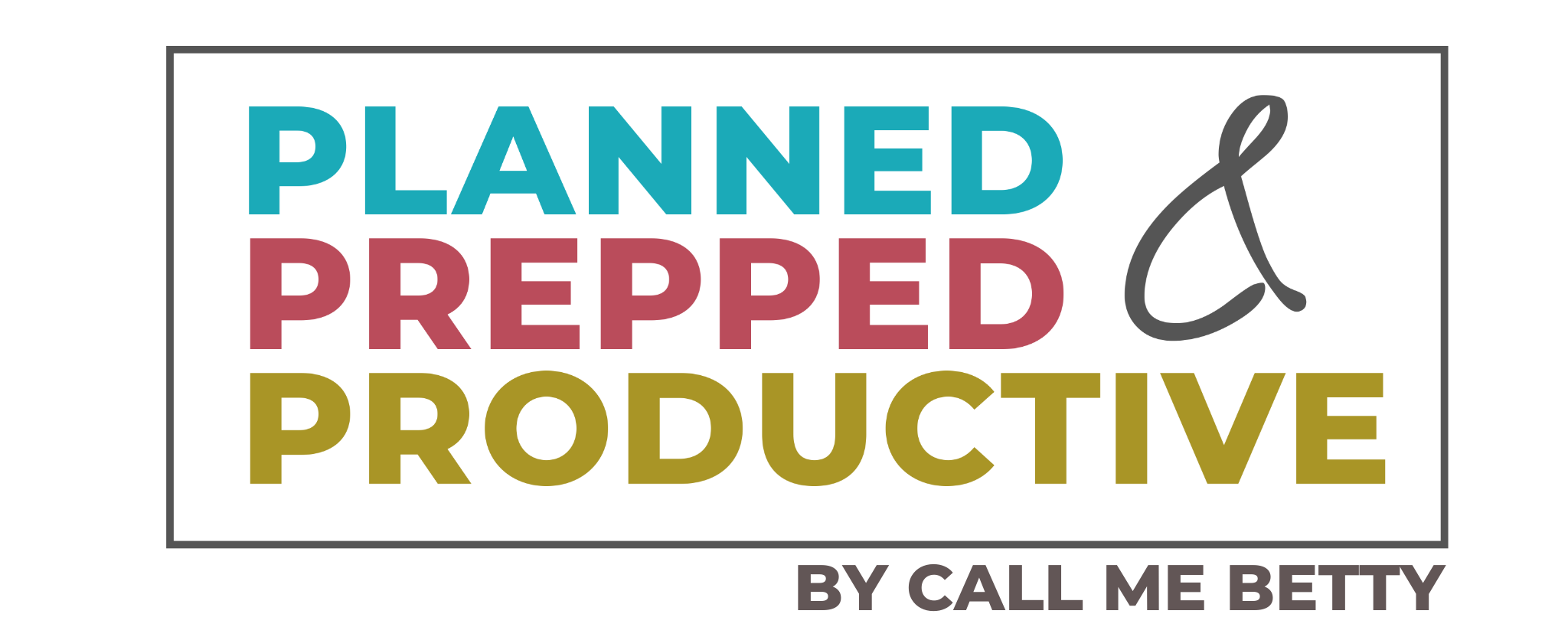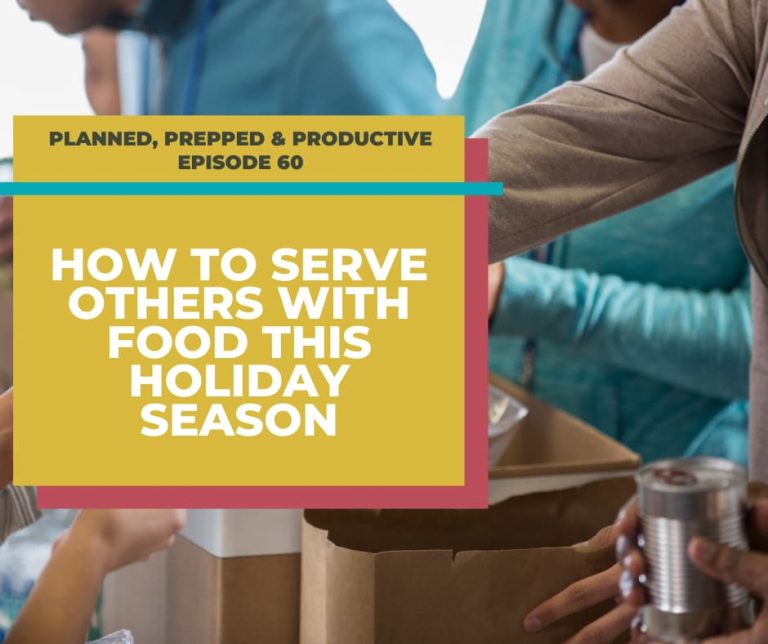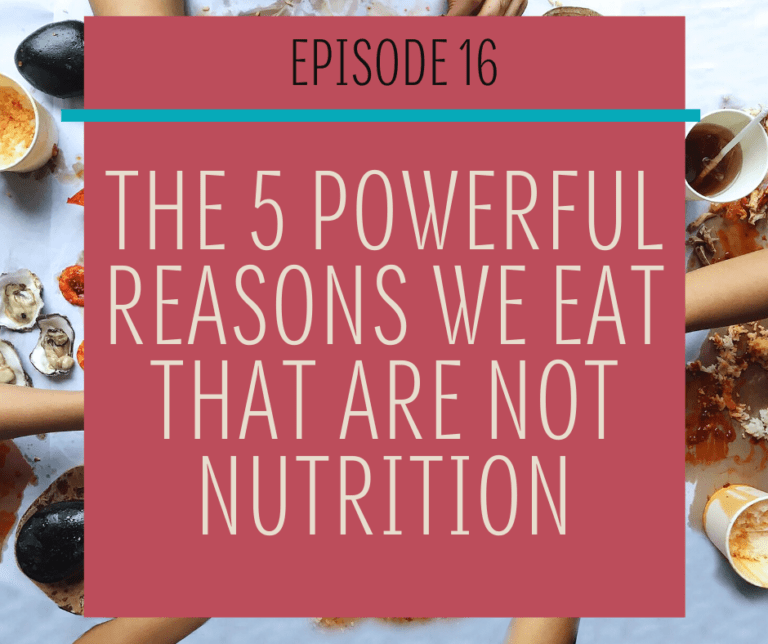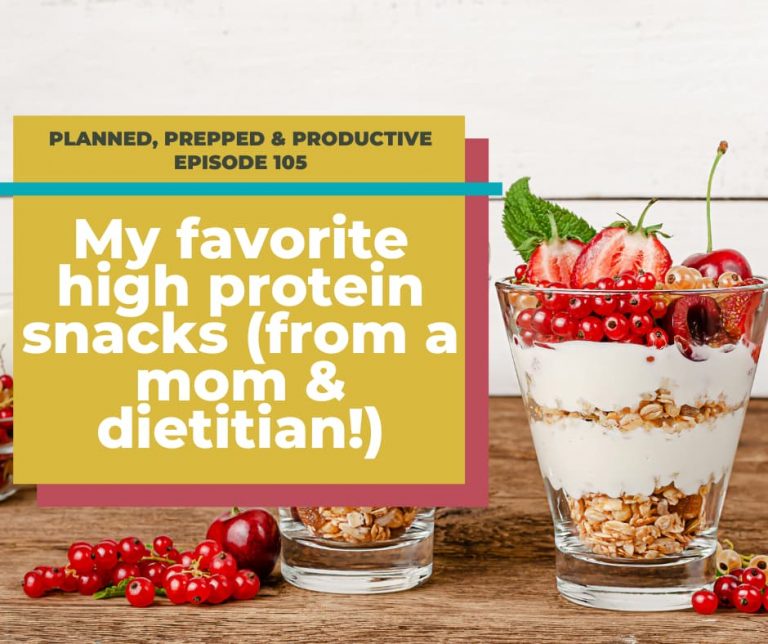How to cook meat: a crash course for beginners
Cooking meat can be super intimidating, let that go with this handy guide how to cook meat: a crash course for beginners
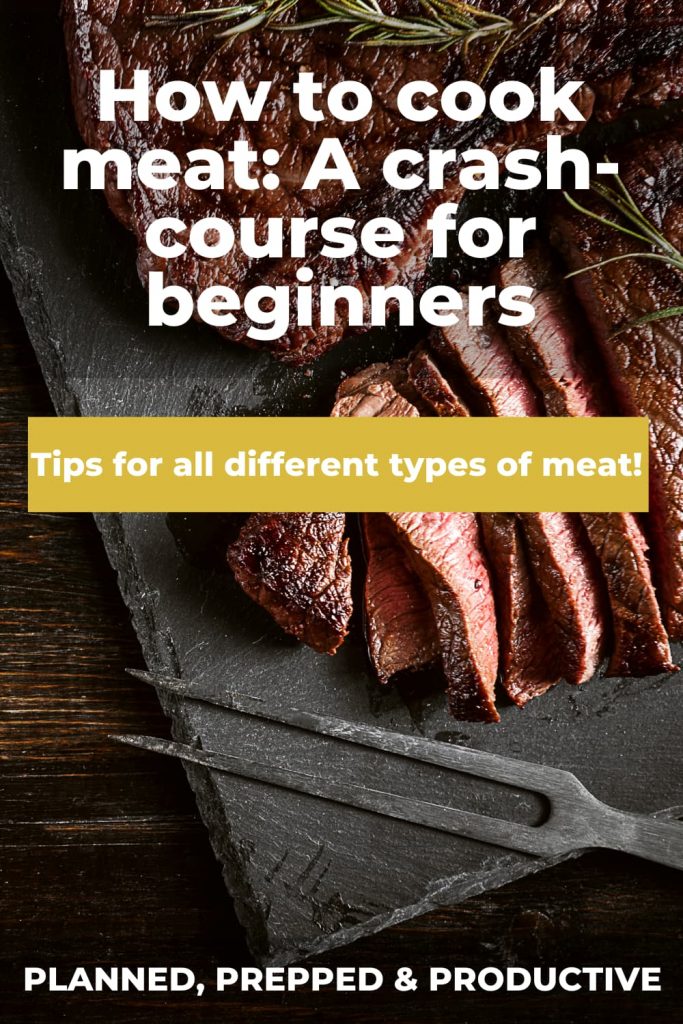
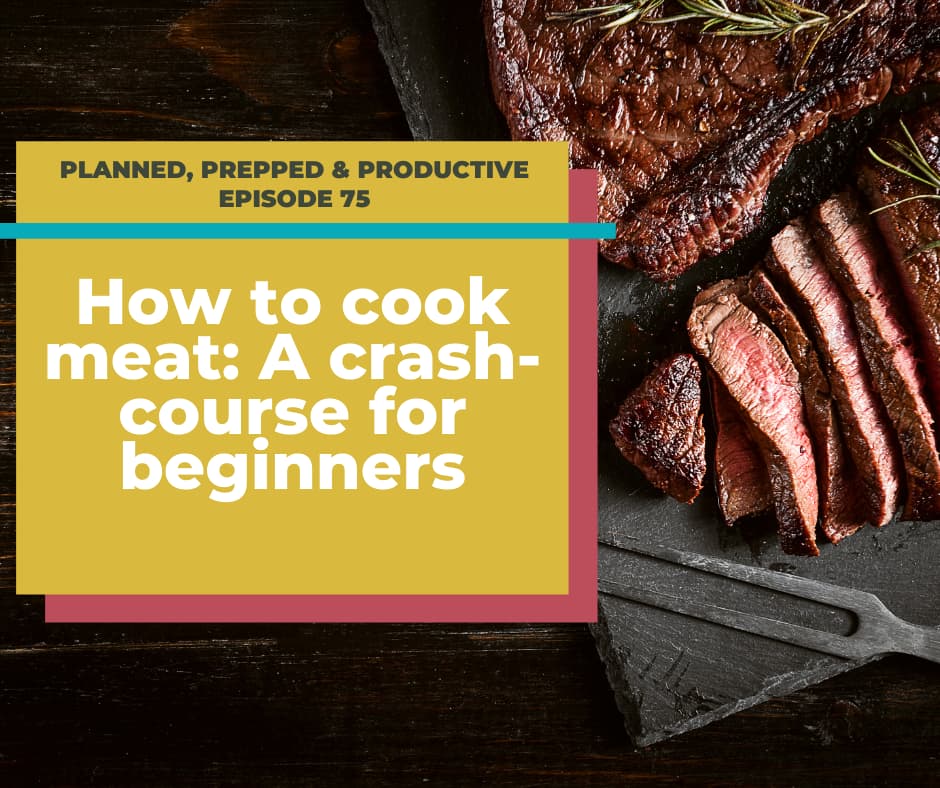
My first time cooking ground beef in college, I remember staring at the recipe. It said something along the lines of “brown ground beef.” I looked at the recipe, then at the pile of intimidating bright red, juicy ground beef taunting me. Then I called my mom desperate for an answer.
“Mooooom, what does it meant to brown ground beef? What temperature do I put it on? How do I know it’s done?”
Thankfully the process wasn’t quite as daunting as I *thought* it was going to be, but the next few years of learning to cook meat definitely came with a lot of learning curves. Just jumping in can be a scary process because meat is expensive. Not to mention, even though I’m no vegetarian or vegan, if I AM going to cook meat, I definitely want to do it right.
So, in this week’s episode of the podcast we’re going to do a crash-course in how to cook some of the more common types of meat in the easiest ways possible.
Let’s dive in on how to cook meat!
How to cook meat a crash-course for beginners
How to cook chicken
- Chicken Breasts- Chicken breasts are probably the most commonly cooked meat in most American households. It’s lean so you don’t have to do a lot of trimming. It’s high in protein and low in fat so it’s no wonder it’s popular. The funny thing is that it’s one of the most difficult cuts of meat to get right. (Don’t believe me? Watch Masterchef). Lean meats tend to dry out or be less forgiving. Honestly, I feel like I’m still constantly experimenting with ways to get chicken breasts just right. Let’s dig into some tips for how you can keep your chicken breasts moist and tender.
-
Use a thermometer!
- Chicken breast is safe to eat when it reaches 165 degrees F. But, you don’t have to get it that high in the oven or on the grill. Instead try cooking it to 160 degrees F and let it sit for about five minutes off the heat. Take the temperature again to make sure, but it should have reached 165 degrees via carryover cooking. Meaning it actually continues to cook off the heat. So if you take it off at 165 it will actually be overcooked and dry. You can even experiment with taking it off even earlier, say around 155 but make sure you take the temperature again after it’s sat so you can be sure that it reached the proper temperature.
-
Brine or marinade
- A brine or a marinade can help your chicken stay moist even if you overcook it. A brine is simply a mixture of salt and sugar (and sometimes seasonings) that you let your chicken stay in for a few hours or overnight and it helps the chicken retain moisture. A marinade is similar, but more of a flavoring. It usually contains an oil and an acid and seasonings/flavorings. I plan to do an episode in the future all about chicken as I’m trying out some new techniques, so look for that if you want even MORE advice.
-
Slice it thin and pound it out
- Chicken can be really difficult to cook because breasts are often large and incredibly thick. This means that by the time the heat gets to the middle of the chicken to cook it through, the outside is often overcooked. To combat this problem you can butterfly chicken in half. Sometimes I slice it even thinner into three or four pieces. After you slice it you can pound it out to even thickness so it all cooks through fairly evenly.
-
Slow-cook it!
- I maybe should have put this first because the slow-cooker is the easiest way to cook lean meat for beginners. You literally just set it and forget it. There are lots of slow cooker recipes that cook the chicken right in it. I love this chicken queso chili from pinch of yum. Chicken breast cooked in the slow cooker gets soft and shreddable so it’s great for soups and stews, and I love it for meal prep. Check out my meal prep shredded chicken recipe if you want to try it out.
-
-
How to cook chicken Thighs/Wings/Drumsticks
- Many of the other tips for how to cook chicken will apply to chicken parts as well. In general though, chicken parts are actually much more forgiving to cook because they are higher in fat. So you may want to try out some recipes using chicken parts if you’re a beginner because they are harder to mess up. My favorite cut of chicken to use (aside from chicken breast) is boneless chicken thighs. They are easy to cook and eat (no bones) and it turns out super moist and flavorful every time! This one pot chicken and rice recipe from Mark Bittman is one of my very favorite dinners that uses chicken thighs.
-
How to cook Whole chicken
- Whole chicken is surprisingly simple to cook as well. You can either roast it in the oven or cook it in a slow cooker. If you use a slow cooker you will likely want to broil it in the oven when you’re done so the skin is crispy and not soggy.
How to cook beef
Cooking beef is a bit more complicated than chicken only because there are so many different cuts to keep track of. For the sake of this how to cook meat 101 we’re not going to get into detail about ALL of the different cuts of beef. I will give you a few quick tips for determining whether your meat is lean and tough, or fatty and tender, as this is the most important information for you to know to determine how to cook it.
Generally speaking, tender cuts are more expensive and leaner tougher cuts are less expensive. Both types of meat are tender and delicious when cooked properly, but you do have to choose the right method for the type of cut you have.
Another way to know is to look at the meat, fatty meat shows a lot of white marbling throughout. Lean meat will be more uniform red in color and may show tough connective tissue.
When in doubt, go ahead and google the cut you have and eventually you’ll start to get the hang of what cuts are tough and what cuts are tender.
Cooking methods for beef
- Tough Roasts-Tougher cuts of meat like lower temperatures for a longer period of time. Use your oven or slow cooker at a low temperature over a long period of time to break down connective tissue.
- Tougher steaks-You can also use other methods for tenderizing tougher cuts of meats like marinades, mechanical tenderizing (like when you purchase cubesteak), or slicing the meat against the grain like you would on a flank steak.
- Tender-For more tender cuts of steak you want high heat until it just reaches the desired temperature. The USDA recommends all beef be cooked to an internal temperature of 145 degrees (but this doesn’t leave room for rare or medium rare meat). The culinary community largely agrees that essentially any steak should be cooked to a medium rare temperature (which would mean taking the meat off the heat at 135 degrres). Ultimately the choice is yours. I tend to side with the culinary professionals on this one and meat is generally safer at lower temperatures when it’s a whole cut of meat (like a steak or roast vs ground beef) but consider your comfort with the risks before making your decision.
How to cook pork
This tip with pork applies to beef as well, but it’s the easiest to talk about with pork.
When you’re trying to figure out whether a cut of meat is tender or tough, it’s helpful to consider what part of the animal it came from. This is why it’s easiest with the pork because the cuts are often named after where they came from. So a pork shoulder is going to be a tough cut of meat. Why? Well a shoulder is a very muscular part of the body that gets a lot of use.
The pork tenderloin is found on the back of the pig, which gets much less use than say shoulder, but, leg muscles so it’s more tender.
Cooking methods for pork
- Roasts-Pork Loin and Pork tenderloin for these leaner (but also more tender) cuts of meat, you’ll want to bake them at relatively high heat until they are just cooked to temperature 145 degrees for pork. I can’t tell you how many times I’ve bought pork loin instead of pork shoulder and tried to make bbq pork sandwiches or some other kind of pulled pork. Blech. It just doesn’t work. But cooked correctly it will taste great.
- Roasts-For your more muscular cuts (that will also have more fat) a slow cooking method is best because it will cause the connective tissue to break down and the fat to easily separate from the meat. Go for 1-2 hours/lb of meat in the oven or in the slow cooker on low. When the meat is ready it should easily tear apart with forks. This is best for cuts like pork butt or pork shoulder
- Pork Chops-Pork chops come from the same area as a pork loin roast, and they should be cooked until they just come to temperature using relatively high heat. My first choice is on the grill or in a skillet on the stove.
- Ham-Fun fact if you didn’t know, ham is basically always pre-cooked. Even those giant hams on the bone. So if you’re looking for a meat that’s hard to mess up, ham is it. Most hams even come with a glaze so you literally are just reheating it in the oven (although I usually opt for making my own glaze), it’s still one of the easiest meats to cook!
- Bacon-Cook in a cold pan over medium heat turning often until it reaches your desired texture. Keep a close eye on it and turn it often as it can burn very quickly. It can also be cooked in a cold oven. The reason to start cold is so the bacon doesn’t shrink up.
How to cook Ground Meats
Cooking ground meats is easy! And the same techniques apply to any type. The biggest mistake most cooks make is not heating the pan properly and essentially steaming their meat instead of properly browning it, but guess what? It’s honestly going to be fine either way so don’t stress about it. To cook ground meat, first heat your pan, then add oil and heat the oil, then add the meat and let it start to brown before breaking it up with a wooden spoon. Don’t overcrowd the pan or you will steam your meat instead of browning it. Use a bigger pan if you need to or cook in batches. Meats like sausage are already going to be seasoned. For unseasoned meat add about 1 tsp kosher salt per lb of meat.
- Chicken
- Turkey
- Pork
- Beef
- Sausage
How to cook fish
Last we’re going to dig into fish. There are a bunch of different types of fish, but they all will cook well using basic methods. While some types of fish are more hearty and less delicate (Take salmon vs tilapia for example) basically all fish is relatively soft and delicate in comparison to other meats. This means that the slow cooker is out for fish. BUT fish is actually one of my go-tos for fast dinners. In general it cooks faster than other meats and it thaws WAY faster. Meaning that if I forgot to pull it out of the freezer it’s no big deal. The three ways I cook fish are baking, pan-frying, and grilling.
Cooking methods for fish
- Bake-baking is definitely the easiest method. Fish is supposed to be cooked to 145 degrees F, and a rule of thumb for cooking it is to follow the 10 minute rule in the oven is 10 minutes per 1 inch thickness at 400-450 degrees. Flip halfway through the cooking time. Thicker filets will take longer. This is the easiest method, but not my favorite as I miss the crispy crust
- Pan-fry-This is my favorite method. Follow the same tips for preparing your pans that I described for ground beef. I love the crispy skin you get with this method. I always start skin side down if the fish has skin and I flip it when the color has changed about halfway up the filets. Be sure the oil is nice and hot so you get a nice crisp on the filet!
- Grill-I actually almost never grill my salmon, but I often use my cheater george foreman grill. I love it because with heat from both sides it cooks twice as fast and I don’t have to think about when to flip it. So easy!
Alright my friends, that is a super quick and dirty crash-course into how to cook meat. I don’t expect you to remember all of it. It wasn’t meant to be crazy overwhelming (although it is a lot to remember). Think of it more just that really cooking meat isn’t all that difficult, there’s just special considerations to take for all of the different types. So bookmark this episode and pick just one kind of meat to try that maybe you’ve never cooked before.
Then let me know how it goes.
Next week, we’re talking meal prep and pizza. It’s gonna be awesome! Can’t wait to chat.
Happy Planning!
